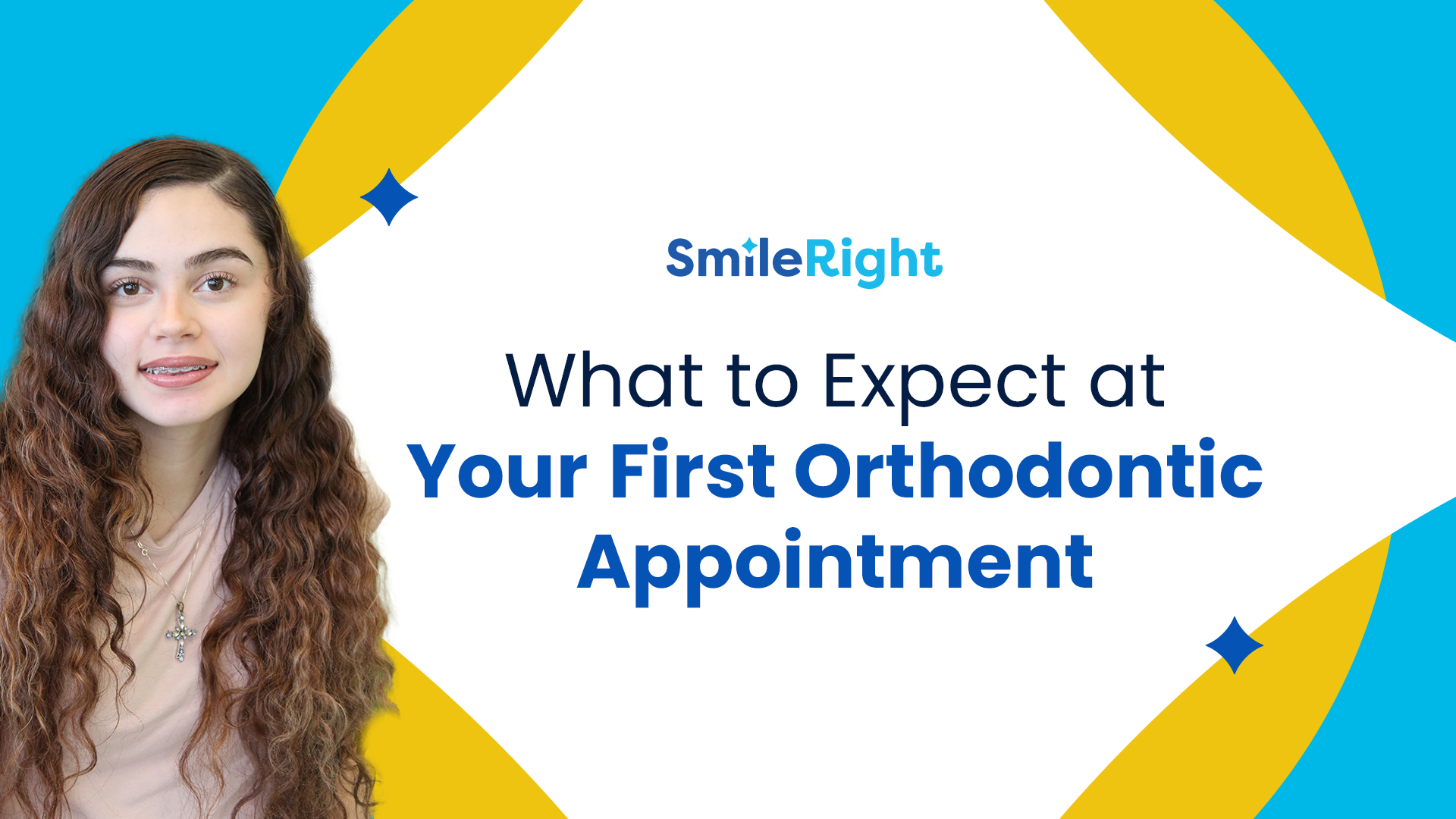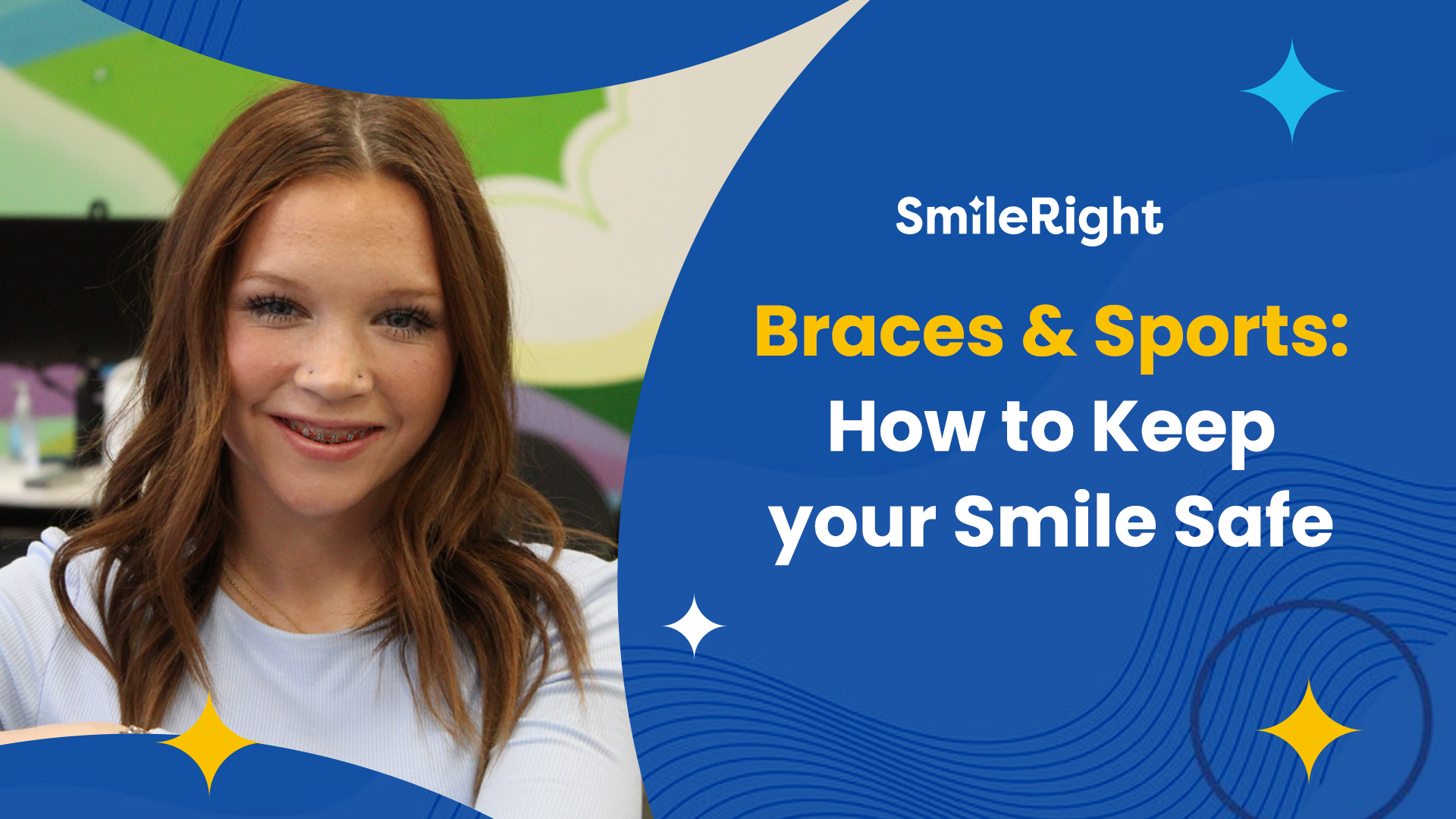Demystifying Metal Braces: The Pros and Cons for Patients in Houston
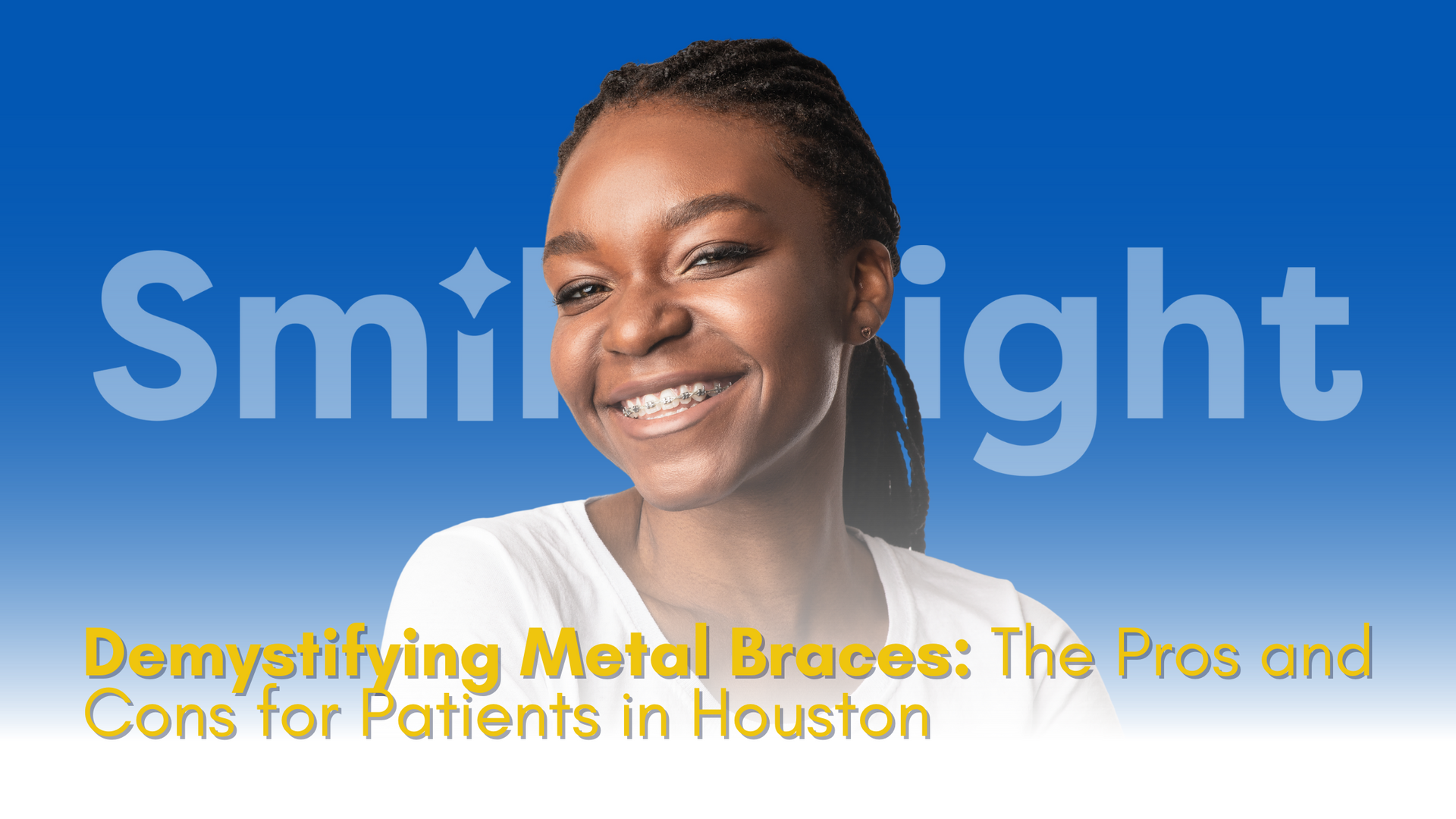
Source: Dr. Marketing
In the realm of orthodontic treatment, metal braces stand as one of the most enduring and reliable solutions for achieving a straighter smile. Despite the emergence of newer alternatives like ceramic braces and clear aligners, metal braces continue to hold their ground as a preferred choice for many patients. However, there often remains a cloud of misconceptions surrounding metal braces, leaving you hesitant or uncertain about pursuing this traditional orthodontic option at SmileRight in Houston, Texas. In this comprehensive guide, we aim to demystify metal braces, shedding light on their pros and cons to help you make informed decisions about your orthodontic journey.
Understanding Metal Braces
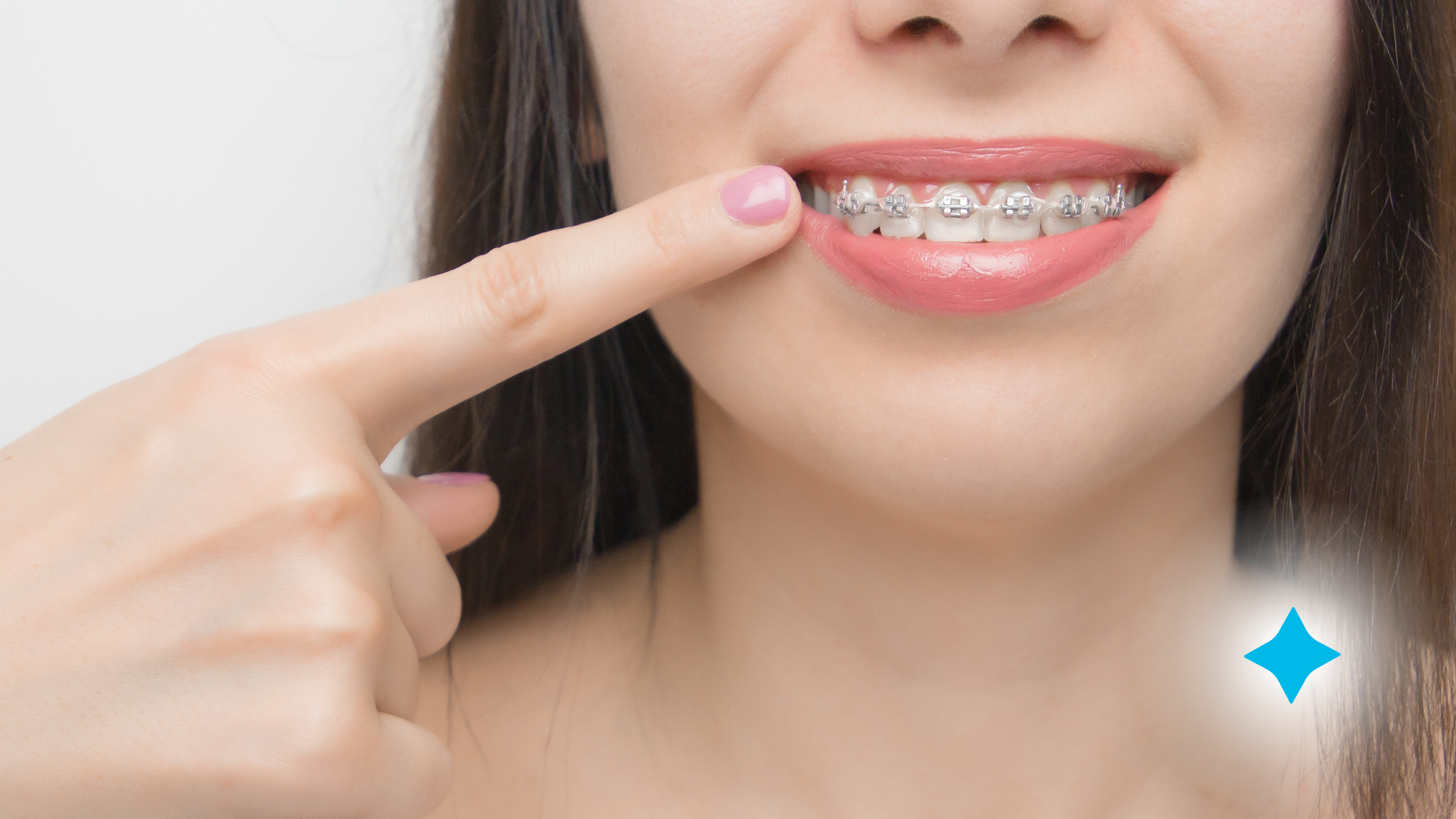
Before delving into the advantages and disadvantages of metal braces, it's essential to understand what they entail. Metal braces consist of small, stainless steel brackets bonded to the front surface of your teeth. These brackets are connected by a thin archwire, which applies gradual pressure to shift your teeth into their desired positions over time. Additionally, elastic bands, or ligatures, secure the archwire to the brackets, facilitating the movement of your teeth.
The Pros of Metal Braces
Effectiveness
One of the primary advantages of metal braces is their effectiveness in treating a wide range of orthodontic issues. Whether it's correcting overcrowding, closing gaps, or aligning misaligned bites, metal braces have a proven track record of delivering successful outcomes.
Durability
Unlike some alternative options, such as clear aligners, metal braces are exceptionally durable. Constructed from high-grade stainless steel, the brackets and wires are robust enough to withstand the pressures of orthodontic treatment without compromising their functionality.
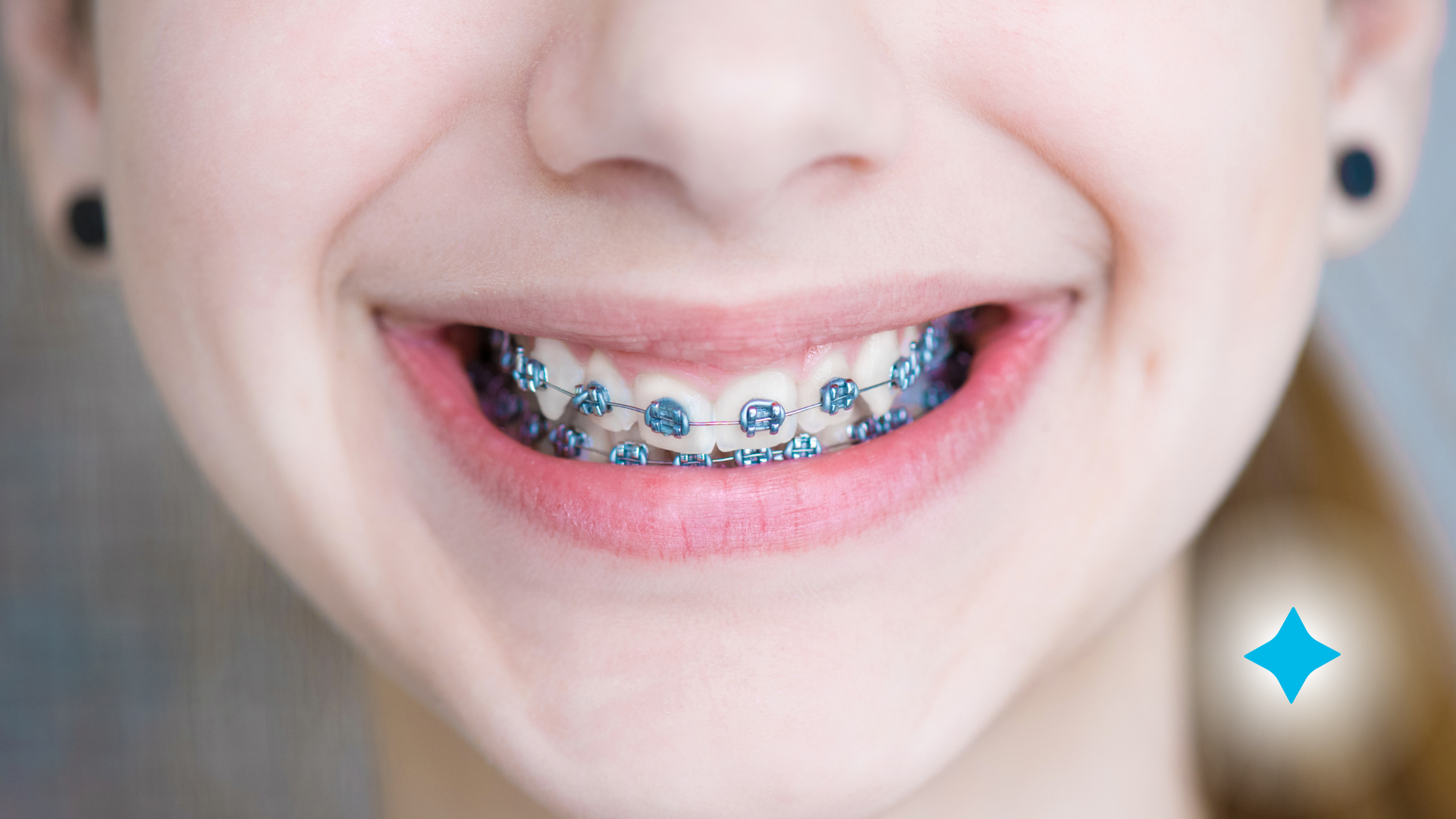
Cost-Effectiveness
In comparison to other orthodontic treatments, metal braces often prove to be more cost-effective. This affordability makes them accessible to a broader spectrum of patients, ensuring that orthodontic care remains within reach for those with budgetary constraints.
Customization
Despite their traditional appearance, metal braces offer a degree of customization to cater to your individual preferences. You can choose from an array of colorful elastic bands to adorn your braces, allowing for a touch of personalization during your treatment journey.
Comprehensive Treatment
Metal braces enable our orthodontists in Houston to exert precise control over the movement of your teeth, facilitating comprehensive and predictable treatment outcomes. This level of control is particularly beneficial in complex cases that may require extensive correction.
The Cons of Metal Braces
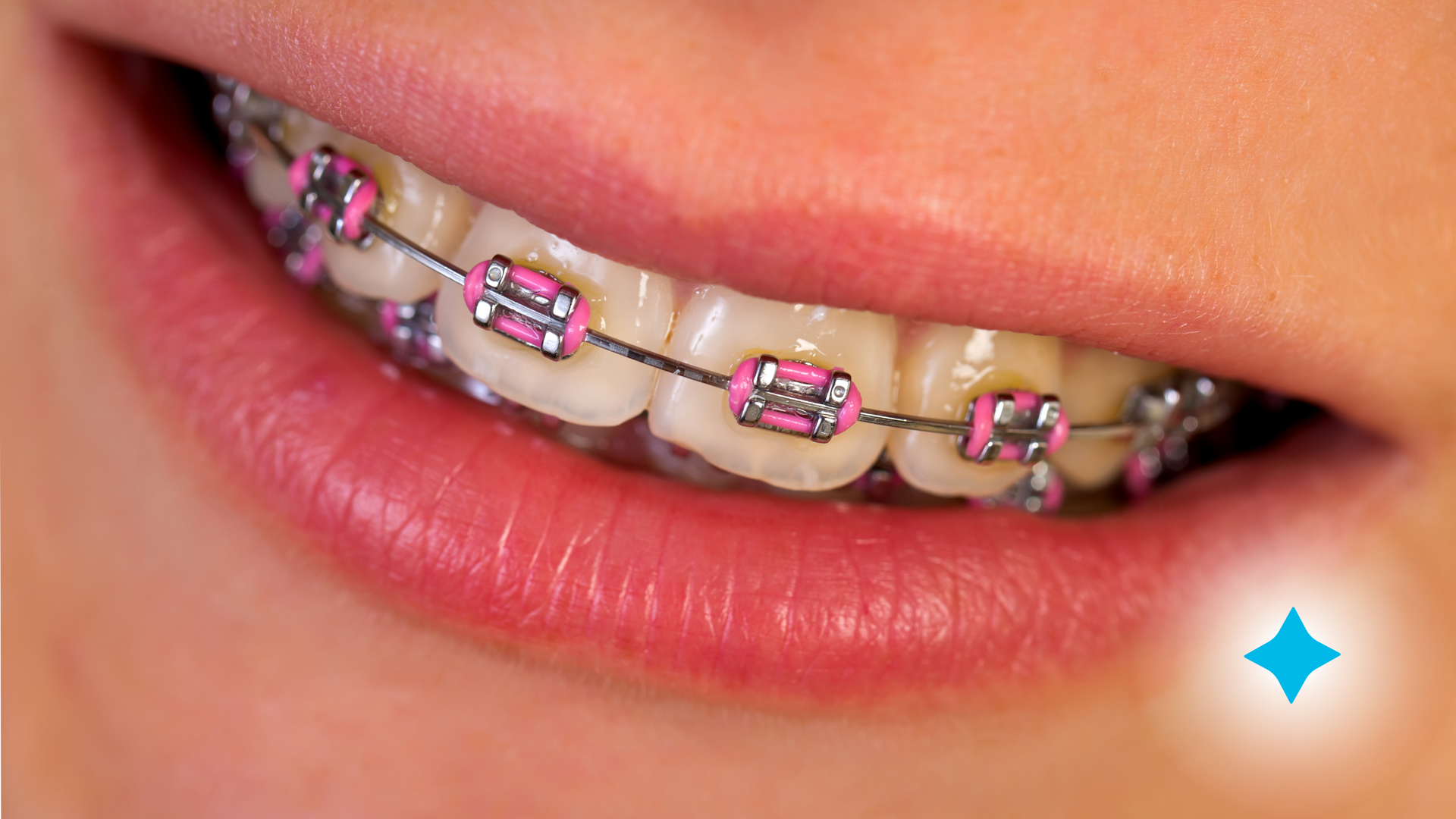
Visibility
Perhaps the most commonly cited drawback of metal braces is their visibility. The conspicuous appearance of metal brackets and wires can be a concern for you, especially if you're an adult or teenager who may feel self-conscious about your orthodontic treatment.
Oral Hygiene Challenges
Maintaining good oral hygiene can be more challenging with metal braces due to the presence of brackets and wires, which create additional nooks and crannies where food particles and plaque can accumulate. You must adhere to meticulous oral hygiene practices to prevent issues like cavities and gum disease.
Dietary Restrictions
You may need to adhere to certain dietary restrictions to prevent damage to your orthodontic appliances. Hard, sticky, or chewy foods should be avoided to minimize the risk of broken brackets or wires.
Treatment Duration
Although metal braces are highly effective, the duration of treatment can be longer compared to some alternative options. The exact duration varies depending on the complexity of your case and your compliance with orthodontic instructions.
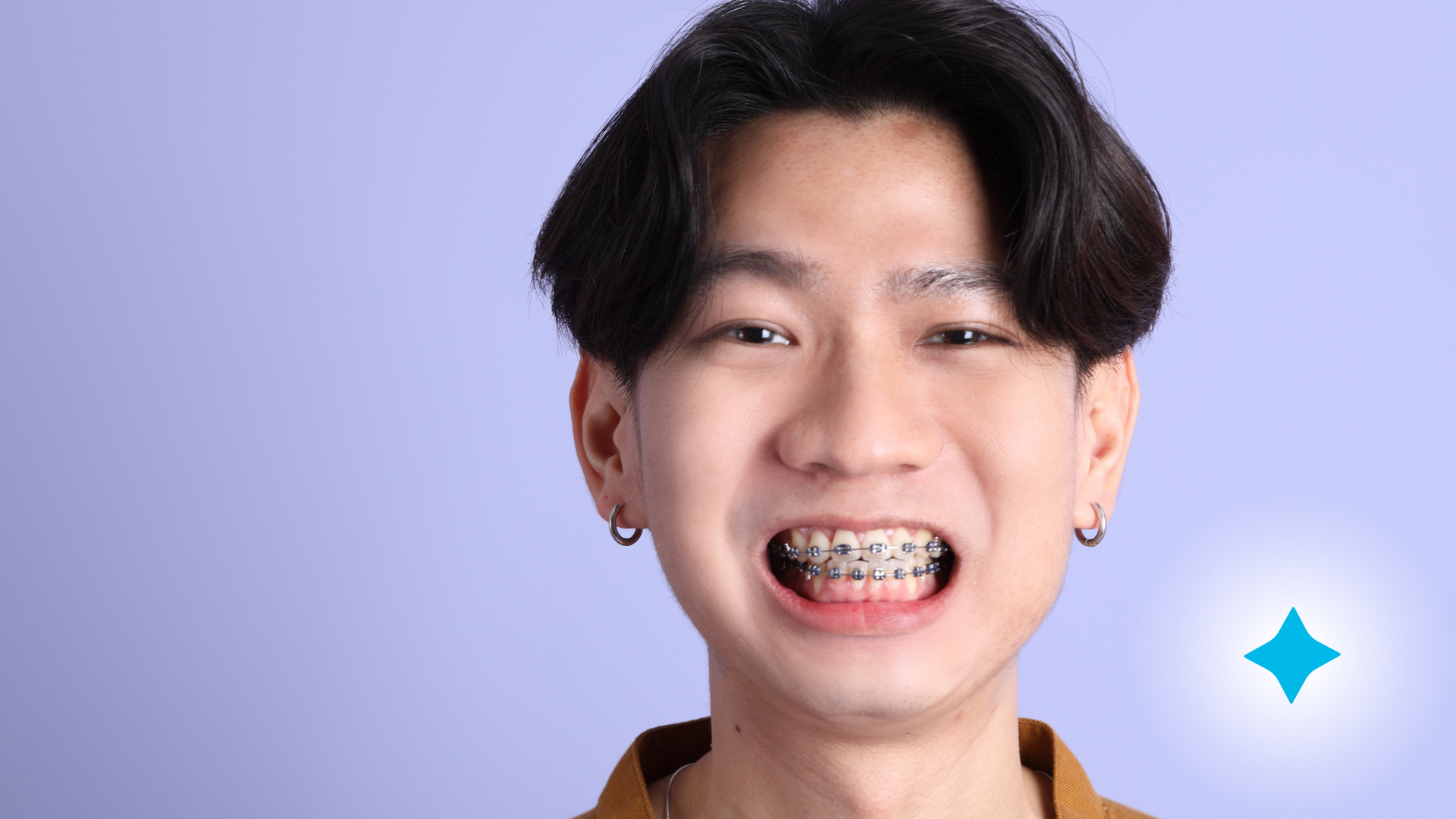
Metal braces remain a stalwart in the field of orthodontics, offering you a reliable and time-tested solution for correcting various dental misalignments. While they may not be the most aesthetically pleasing option for some patients, the benefits of metal braces, including effectiveness, durability, and affordability, often outweigh their drawbacks. Ultimately, the decision to pursue orthodontic treatment with metal braces should be made in consultation with our qualified orthodontist, who can assess your needs and recommend the most suitable course of action.
By dispelling myths and providing clarity on the pros and cons of metal braces, we hope to empower you to make informed choices about your orthodontic care, leading to a confident smile and improved oral health in the long run. To schedule your consultation at SmileRight, please call us at (281) 699-0234.
